Lorem ipsum dolor sit amet consectetur
Digital Structure Analysis
The analysis of the material structures consists of several distinct parts, all focused on understanding how structural properties of the materials determine functionality, such as transport properties.
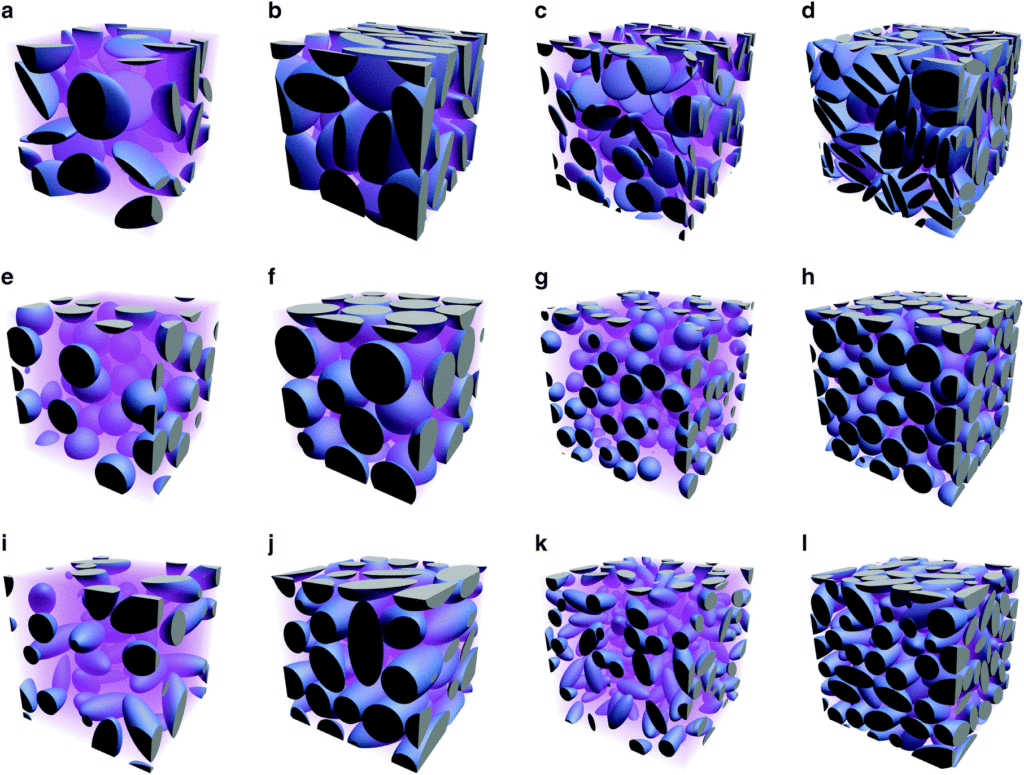
Virtual Design
Virtual design of digital material structures is used to investigate structure-property relationships on a large scale, where thousands of 3D structures can easily be produced. Statistical models are used to create material structures which are similar to real materials. Examples include fibre structures, paperboard coatings, phase-separated polymer materials and packed particles.
Segmentation
Segmentation of microscopy data is essential to separate pores and material in the images. In some cases, a simple thresholding is satisfactory, perhaps with some image processing to remove noise and artifacts. However, more advanced methods are required if the materials are complex, consisting of different components, or when imaging techniques such as FIB-SEM are used. We use a range of image processing and segmentation tools, including machine learning methods, to achieve high quality results for further analysis.
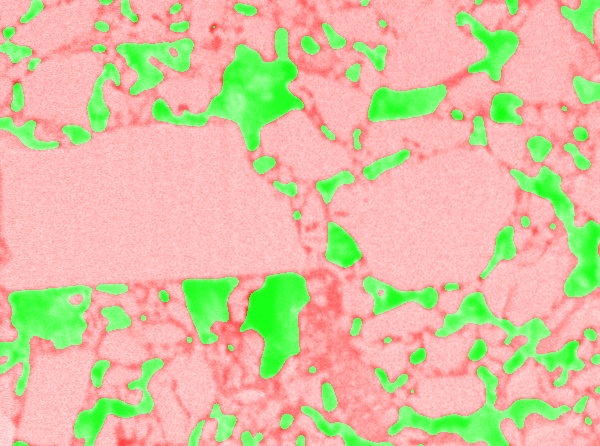
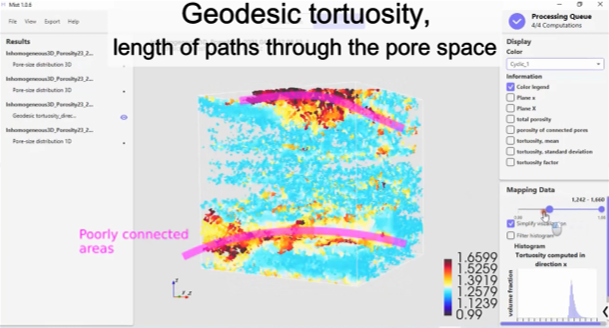
Structure Analysis
Once segmented, the pore structure can be analysed in a range of ways to compute its characteristics. We compute descriptors such as porosity, tortuosity, constrictivity and location of bottlenecks using our software Mist, which is freely available at mist.math.chalmers.se.
These descriptors are then used to find correlations with mass transport simulation results that can be used for prediction.
Want to know more?
Please reach out to one of our experts in the field
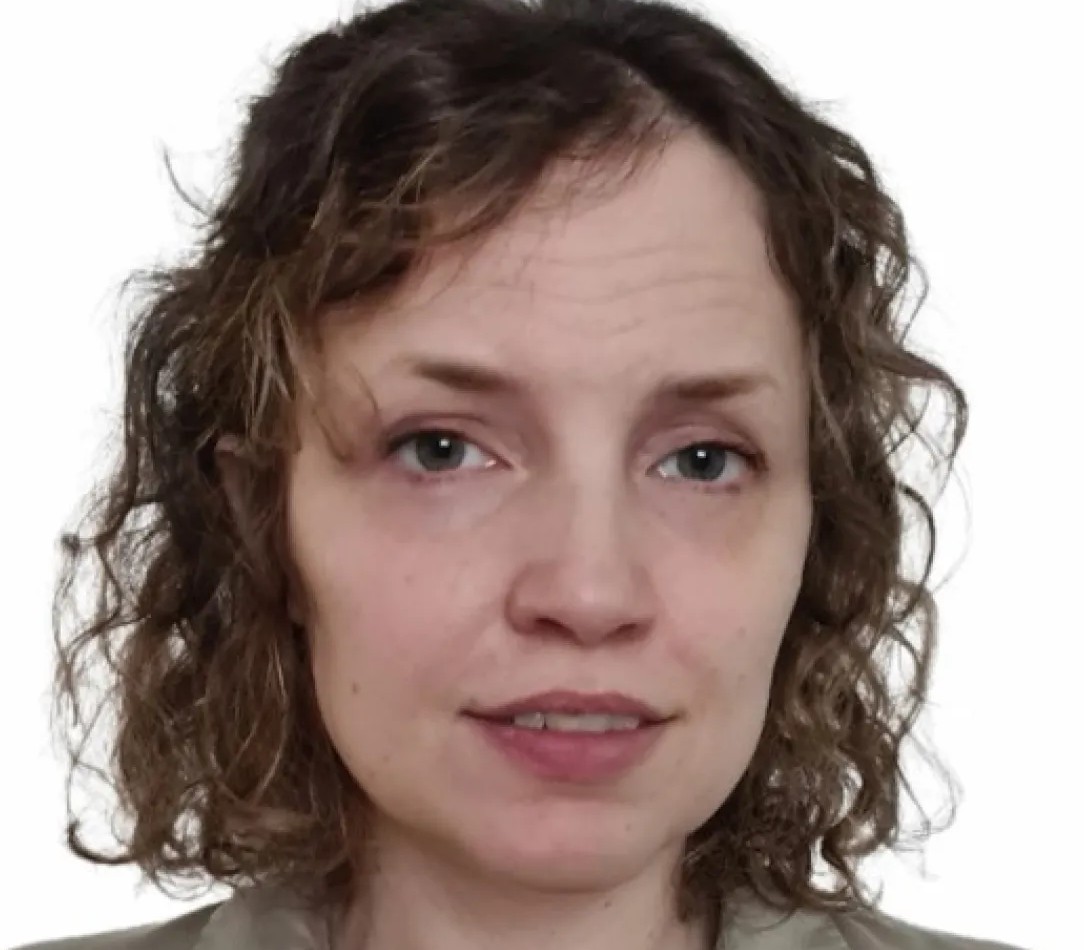
PhD
Sandra Barman
Researcher at RISE Research Institutes of Sweden. Expertise in segmentation, virtual design, and the relationship between material structure and functionality
sandra.barman@ri.se+467 353 23 45
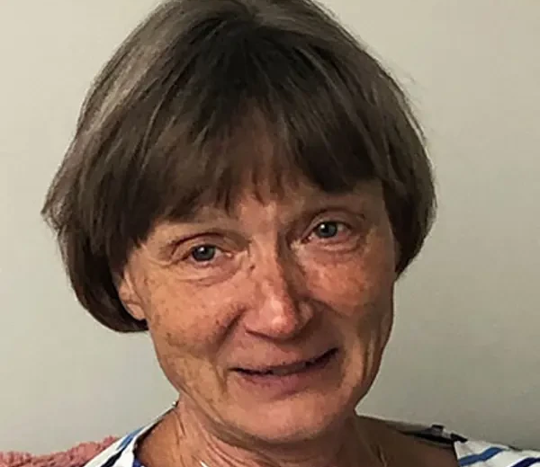
Professor
Aila Särkkä
Professor in Mathematical Sciences at Chalmers University of Technology. Expertise in spatial and spatio-temporal modeling, with a focus on modeling of material structures.
aila@chalmers.se+46 31 772 35 42
Related publications
Explore some publications related to the concept.